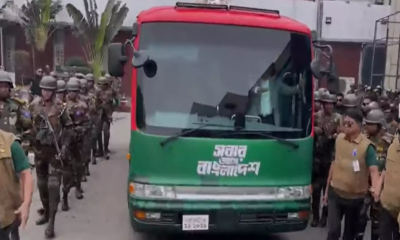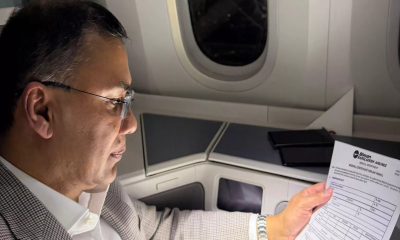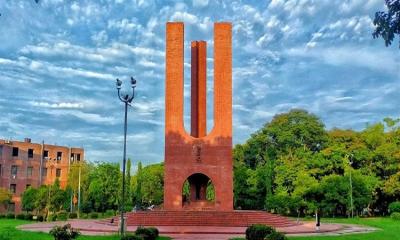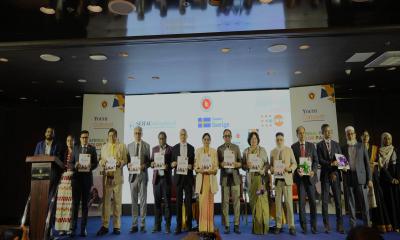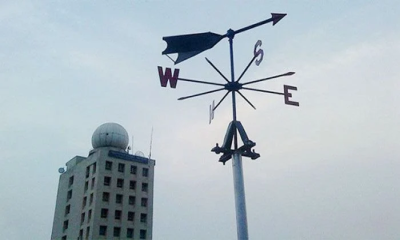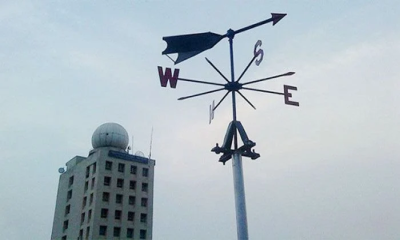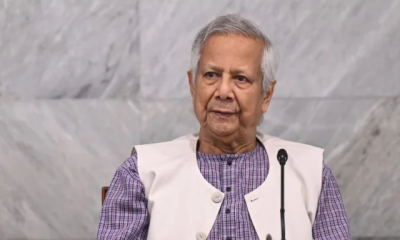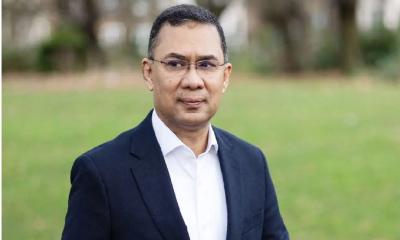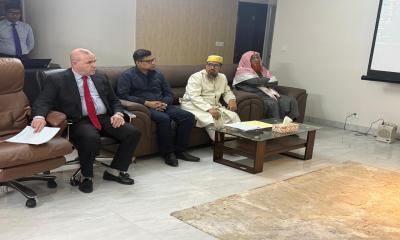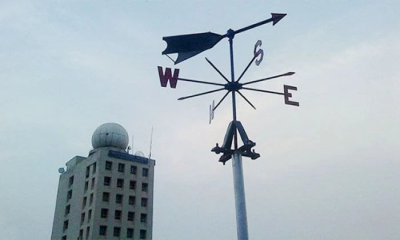Bangladesh is one of the world`s most climate vulnerable countries. But small steps, like building resilient homes and providing job opportunities, can make a huge difference.
very time the wind blows in gusts, 55-year-old Noor Alam remembers the devastating tropical cyclone that hit Bangladesh`s Kutubdia Island in 1991, killing 20 members of his family.
Over the next several years, the island was hit by frequent cyclones, forcing Alam and his wife Rahima Begum, who lost two of her siblings in the 1991 disaster, to migrate to Banshkhali, a region in Chittagong, in the southeastern district of Bangladesh. But even here, the couple couldn`t escape natural disasters.
Between 1998 and 2020, their thatched cottage, made from bamboo sticks and plastic sheets, collapsed six times after cyclones hit the porous pavement of the Banshkhali Beribundh, an embankment of a dyke constructed to protect crops from flooding. Alam and his wife were forced to borrow money to rebuild their home. Each disaster, their children experienced the trauma of displacement and were left without permanent sanitation facilities and a reliable source of drinking water.
In 2021, however, their situation dramatically improved. With the help of a regional non-profit called Young Power in Social Action (YPSA), the family moved to a semi-pucca, a house with brick walls and a tin roof – materials that fare better in extreme weather than a thatched house. "I cannot explain how important this house is for the safety of my family. Earlier we used to live like poultry," says 55-year-old Alam.
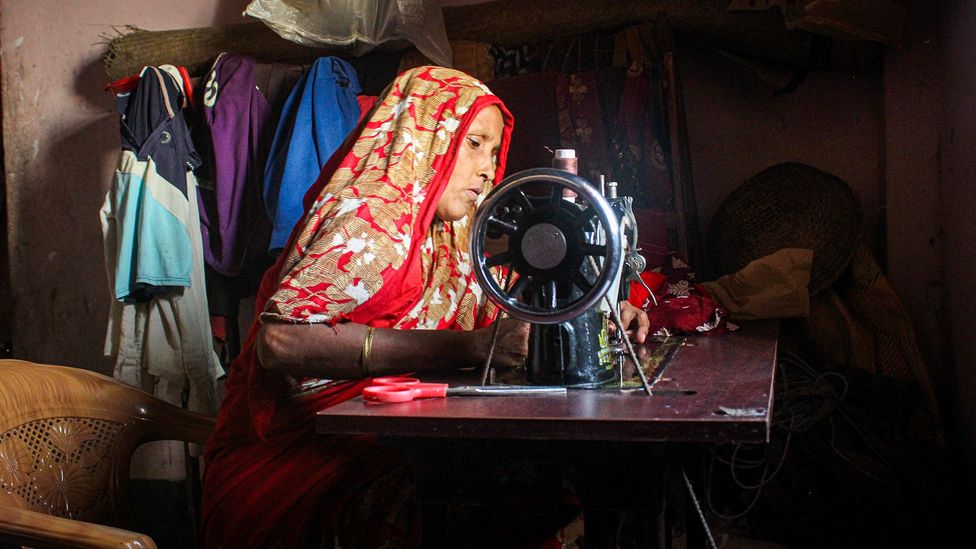
In 2021, Rahima Begum and her husband moved to a new, climate-resilient house with brick walls and a tin roof (Credit: Sadiqur Rahman)
Frequent natural disasters such as cyclones, floods, and storm surges, as well as drought, river bank erosion, and deadly heatwaves have made Bangladesh one of the most vulnerable countries to climate change. The government estimates that by 2050, one in every seven Bangladeshis will be displaced due to climate change – that`s 13.3 million people.
The population that lives along the country`s 441mile (710km) low-lying coastal region has been particularly impacted, with 2,000 people moving to the country`s capital Dhaka every single day.
Bangladesh has redoubled its efforts to address its climate refugee crisis and initiatives have sprung up to help families like Alam`s build stable homes in safer areas. YPSA, which is supported by the Climate Justice Resilience Fund (CJRF), a non-profit in Washington, has provided new houses and alternative livelihood sources to eight vulnerable families who have been forced to leave their homes due to severe erosion along Bangladesh`s Chittagong coast.
The YPSA project is funded by a $250,000 (£198,000) grant from the Scottish government, funnelled through CJRF. During Cop26, held in Glasgow in 2021, Scotland became the first country in the world to set aside specific funding for loss and damage, pledging £2m ($2.5m) to help communities on the frontlines of the climate crisis.
In 2021, YPSA rehoused Alam`s family in a two-room house in Khudukkhali, a village situated three quarters of a mile (1.2km) east of the Chittagong coast. The house has been built to withstand storms. The green tin roof is fixed to sturdy concrete walls with iron braces and horizontal beams, and steel windows and doors protect the residents from powerful gusts. Each house has a pit toilet in the backyard, which does not overflow following heavy rainfall.
"We considered the last flood level, so the houses were built on 3-4ft (91-122cm) high elevated land," says Mohammad Shahjahan, one of the directors at YPSA. "We built the houses with better construction materials that will withstand 137mph (220 km/h) gusts and require minimal repairs over the next 50 years."
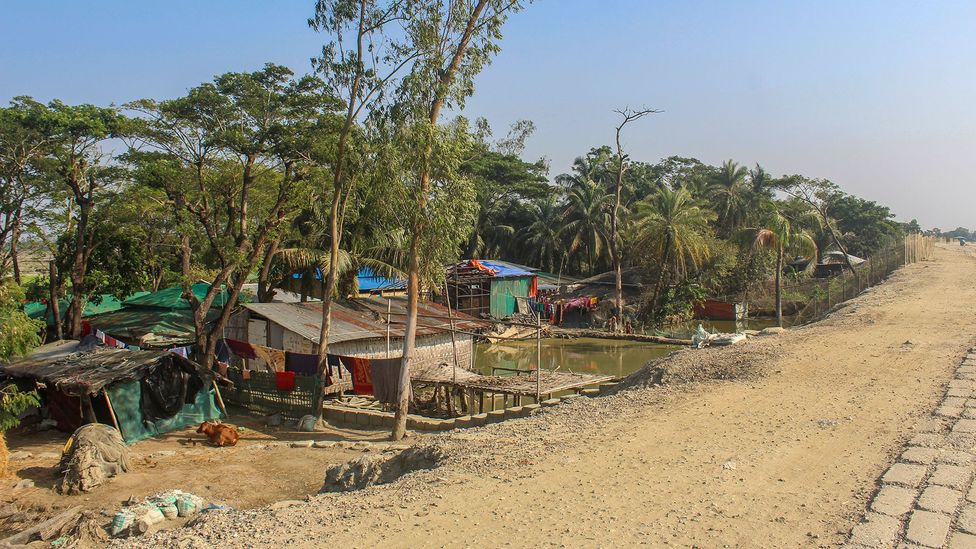
The homes of displaced people living along the Banshkhali embankment. By 2050, one in seven Bangladeshis will be displaced due to climate change (Credit: Sadiqur Rahman)
The construction of each YPSA house cost 670,000 Bangladesh taka (BDT), equivalent to $7,706 (£6,103) in 2021, nearly double the amount that a similar house costs under the government-led Ashrayan project, an initiative launched in 1997 to provide homes to coastal residents displaced by tornados. This is because the Ashrayan houses are built on government-owned land, so no extra funds are needed for land purchases.
YPSA plans to rehouse eight more families by April 2024, using the Scottish government funding. These efforts are merely tackling the tip of the iceberg, says Shahjahan, given the hundreds of thousands of Bangladeshis who have been displaced due to climate disasters.
The organisation is also providing people displaced by extreme weather with new job opportunities. A 2019 YPSA survey of 15,000 people, all of whom live in temporary structures by the roadside in the southeastern coastal belt, found that 50% of displaced households were forced to change their occupation due to cyclones and coastal erosion. YPSA is working to economically empower 40 displaced women, by providing them with goats, sewing machines and training to become tailors.
Jannatul Ferdous is among the beneficiaries. She received livestock training and a pregnant goat. Eight months ago, the goat gave birth to two male kids. Ferdous, now 30, arrived in Banshkhali 15 years ago when she married her husband, who was a fisherman. Like other housewives from low-income families, Ferdous managed the home and her husband was the breadwinner. Although her family survived when Cyclone Mahasen hit the Chittagong coast in 2013, her husband died shortly afterwards. It was a huge blow to Ferdous, who had given birth to her second son in the same year. To raise her two sons, the widow became a house servant of some well-off neighbours. She earned 3,000 BDT ($27/£21) a month, barely enough to cover basic living expenses.
When Cyclone Sitrang flooded the Banshkhali coast and Ferdous` cottage in 2022, she was forced to stay at the cyclone shelter for weeks until some of her neighbours were able to repair her house. The recent Cyclone Hamoon blew away the porch of her house, which is made from rusted tin sheets.
Holding two male goats on her lap, Ferdous says: "The livestock training programme has made me confident. I hope I can expand my goat farm someday. I will repair the house when I can sell these goats."
Umme Sultana, a 16-year-old from Kutubdia, a 27sqm (68sqkm) island that is shrinking due to coastal erosion, chose to enrol in a tailoring course and received a sewing machine through the YPSA project.
In May, her family`s fragile cottage was partially damaged by Cyclone Mocha. It was impossible for her father, who works on a marine fishing boat, to bear the total cost of the house repair. So he borrowed money. Sultana wanted to contribute but didn`t have the means.
However, since joining YPSA`s programme, the family`s situation has changed. Sultana now earns 2,000-2500 BDT ($18-22/£14-17) per month from tailoring clothes by hand. She contributes to her family`s earnings and is also able to pay for her own education. "I will continue my studies because I cherish becoming a nurse," she says.
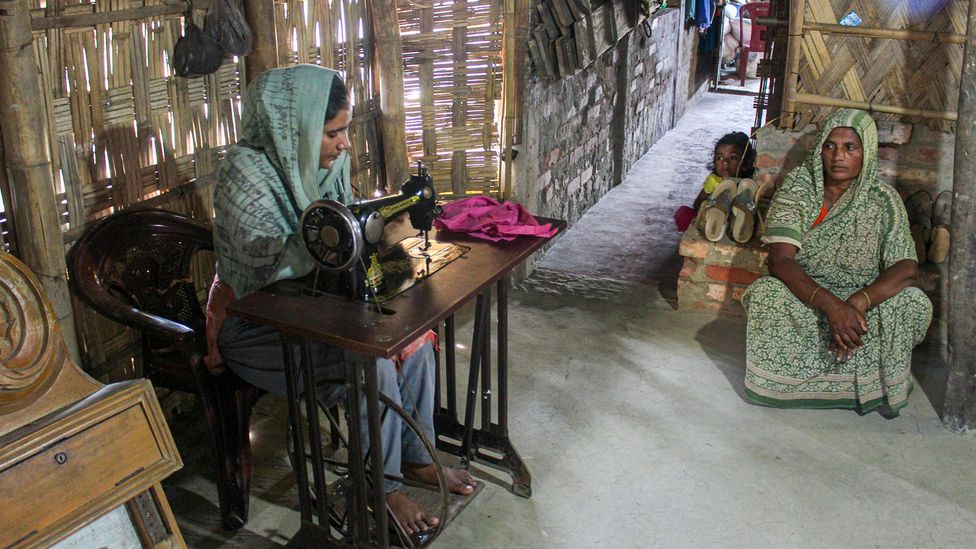
Umme Sultana, is able to contribute to her family`s earnings and pay for her education after receiving a sewing machine from YPSA (Credit: Sadiqur Rahman)
Farah Kabir, a board member of South Asia`s Climate Action Network and the country director for the non-profit ActionAid Bangladesh, says that YPSA`s interventions are a lifeline for vulnerable communities. "
provides the vulnerable community with immediate support so that they can recover from the damage that they have suffered," says Kabir.Kabir says financial support for loss and damage should be set aside in addition to the funds countries have pledged for climate mitigation and adaptation. Governments require international funding not only to help them adapt to the devastating impacts of climate change, but also to cope with what has already occurred.
"The community may have lost their homesteads, livelihood, crops and cattle. Their children may have lost their childhood because of serving as labourers or getting married off earlier. They may have lost health due to water scarcity and poor sanitation," says Kabir. "To recover from this loss and damage, they need immediate support which is beyond adaptation or mitigation."
Vulnerable countries, including small island nations at risk of rising sea levels and countries in sub-Saharan Africa suffering from severe drought, argue that loss and damage is a climate justice issue. (Read more about the world`s fight for climate justice). "It is not fair that the countries and communities on the frontline of the climate crisis continue to pay. This is why it is essential that we address loss and damage on a global scale," says Julie-Anne Richards, strategy lead at the Loss & Damage Collaboration, a climate policy group advocating for more support for climate vulnerable countries.
Despite the urgent need, helping displaced people in Bangladesh rebuild their lives and livelihoods remains a challenge, says Shahjahan. One of the major hurdles is finding land to move the displaced families to.
"The availability of undisputed land is rare," he says. "Many of the land purchases YPSA attempted to secure have fallen through. This is the main reason we cannot build the houses in time," says Shahjahan.
He adds that there are too many people seeking aid and not enough available funding. "Selecting a few
from a large pool of displaced populations is another big challenge," he says, adding that elected public representatives often put pressure on YPSA to select their favourite families.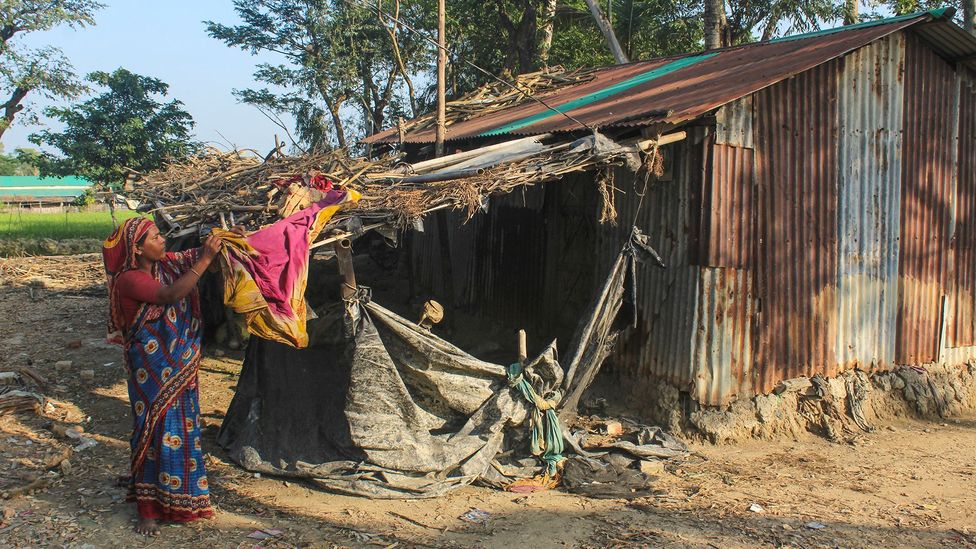
When a cyclone destroyed Jannatul Ferdous` cottage in 2022 she was forced to stay at a shelter for weeks (Credit: Sadiqur Rahman)
YPSA is currently implementing the third phase of its loss and damage project, with funding from the Scottish government. The non-profit is building a further eight houses in Kutubdia and Shadhanpur. Each house will have its own toilet and a shared tube well for drinking water.
YPSA has purchased the land but has been unable to build the houses because of the delayed monsoon this year. "Often, we cannot work around the islands and coastal localities in the time of incessant rains," says Shahjahan. Another challenge is finding experienced non-profits locally to implement Scotland`s loss and damage funds on the ground, he says.
The project ends in April 2024. After this, YPSA will be moving families to other areas with existing programmes in place. "We have linked
to government-funded safety-net programmes so that they don`t feel isolated in the future," says Shahjahan.Alam`s family now owns a disaster-resilient house in an area where they feel strong social cohesion. Their children attend a nearby school and the cyclone shelter centre is located nearby. And yet, the family still faces disaster-related threats.
In October, Cyclone Hamoon failed to breach the defences of Alam`s house, but the storm destroyed his thatched kitchen room and poultry shed in the courtyard.
"The rehabilitation project covers my family`s housing. We feel safe now," Alam says. "But we cannot protect our homesteads and animals from disasters. If my poultry farm expands, I will need to move the animals to the cyclone shelter centre. I will not stay at home."
The article was first published in BBC.




-20251226051932.jpeg)
-20251222051606.jpeg)
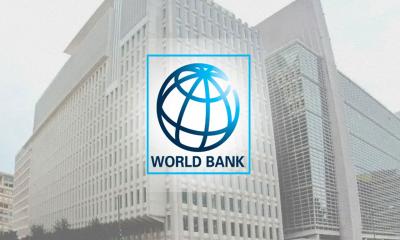
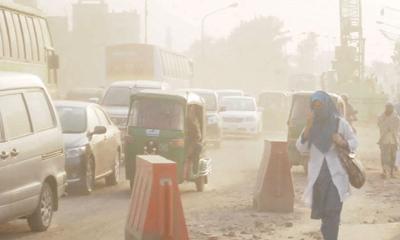
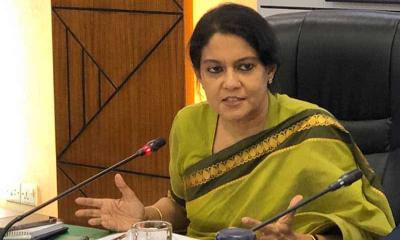
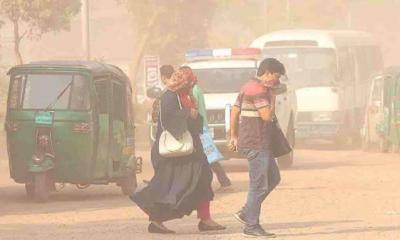
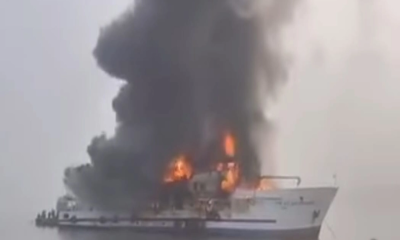

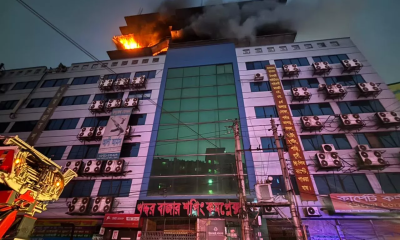
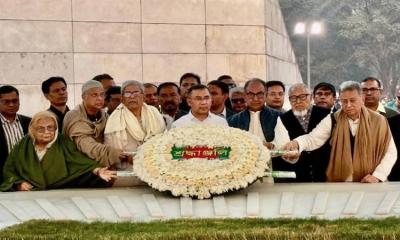


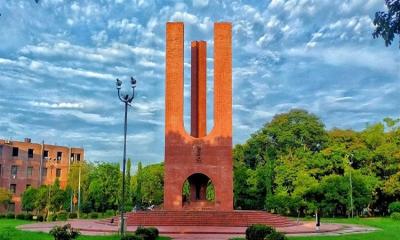
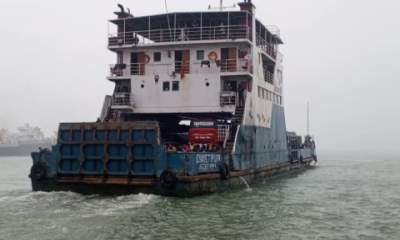
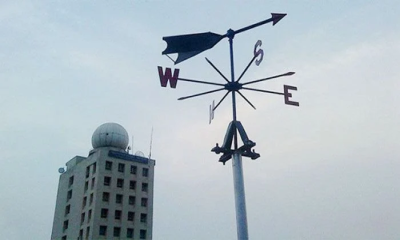
-20251226062607.webp)

